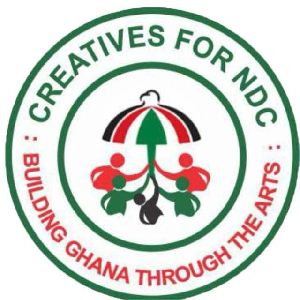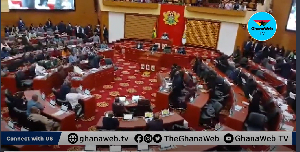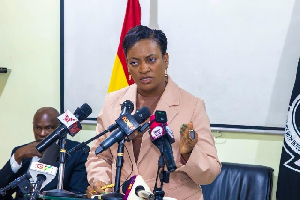Africa News of Sunday, 16 February 2020
Source: bbc.com
Is Kenya really going to run out of blood?
Kenya is facing a shortage of blood supplies in its hospitals, with relatives and friends of patients increasingly having to put out calls for people to donate.
The Kenya Red Cross has been posting some of these social media appeals on Twitter.
Already this month, they have posted appeals for more than 10 people who need blood in different hospitals around the country.
So how much blood does Kenya need and why are there shortages?
How much blood does Kenya collect?
Based on World Health Organization guidelines for the proportion of donors relative to total population, Kenya should be collecting as much as one million units of blood a year.
Kenya's population is 47 million, so even if just 1% donated blood, the country would have at least 470,000 units.
But in 2018/2019, only 164,000 units of blood were collected, much less than these guidelines, as Kenyans are reluctant to donate.
The figures have not changed much over the years.
In addition, in 2018, 77% of people who donated blood were first-time donors.
Repeat blood donors are better as they ensure a regular supply of blood and reduce the cost and effort involved in trying to find first-time donors.
Why have shortages emerged?
The vast majority of funding for this blood collection programme - some 80% - came from outside donors, according to a recent government report.
This ensured there was money for essential supplies, personnel and other blood safety-related costs.
The main donor was the US government through the President's Emergency Plan for Aids Relief - known as Pepfar for short. It's a programme to help save the lives of those suffering from HIV/Aids around the world.
Kenya was a major beneficiary of this, but funding was cut back last September, as a result of which supplies and equipment for the blood supply programme stopped.
Ruweida Obo, a member of the national assembly, says the problem has been over-reliance on donors. "When the funds were cut the government didn't have an alternative plan in place," she says.
A government report in December warned of the impending risk, saying that "the national blood transfusion service stands a risk of extremely diminished collection" and called for "urgent funding from exchequer".
But the funding was not provided on time.
Dr Fridah Govedi, the head of the national blood transfusion service, admits that the government was caught off guard by the decision to end funding, saying they had expected it to run up to March 2020.
"There was a gap in ensuring sustainability... I think that was an oversight," she told the BBC.
She acknowledged that at one point after donor funding ended in September, they were down to 1,000 units of blood a day. "We require a minimum of at least 1,500 units daily, and ideally 3,000 units per day to be fully stable," she says.
But she insists that currently the country is collecting between 2,500 and 3,000 units per day, and is now able to fund blood collection through reallocating resources at the Health Ministry.
Doctors have, however, told the BBC they are still experiencing shortages.
How can the situation be improved?
Dr Thuranira Kaugiria, a public health advocate, believes more autonomy should be given to the national blood transfusion service, rather than it being controlled by the government.
But he says the country is suffering because not enough people give blood.
"If only 1% of Kenyans donated blood we would have enough. But even with the funding, we don't usually have enough blood. We need to instil a blood donating culture," he told the BBC.
Dr Govedi says Kenyans do not appreciate the importance of donating blood.
"Some people believe that if you donate blood you will die, or if you give blood it is a bad omen. Some also fear being tested - that they could be called back for results - that's the fear of the unknown."
The government has been holding public blood donation events. It is also targeting adult donors to avoid blood shortages during school holidays as it relies heavily on donations by secondary school pupils.
Opinions











